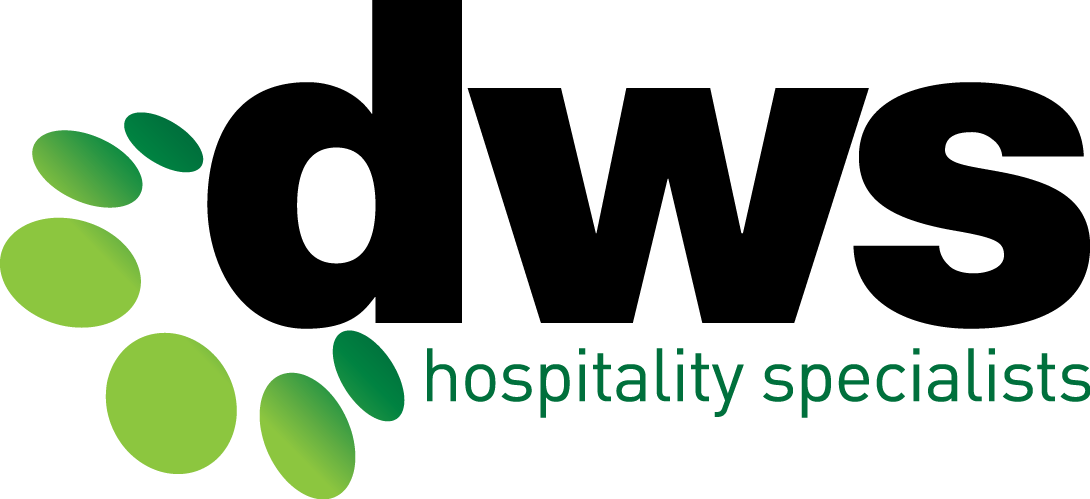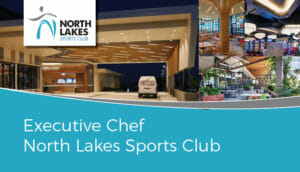Businesses are defined by a series of key numbers that are focal to the health of the business. Top line numbers like Revenue and Costs are the outcome of the business process you implement, while the metrics behind those numbers are the ones that are the true health indicators. In working with hundreds of Clubs over the years, DWS have formulated some key metrics based on successful venues and the key components that contribute to their overall success.
As many a number makes up an equation, the current environment in Clubs leaves us to focus on some key areas that will have a give your venue the best chance of success. These numbers only paint part of the picture, but their importance is not to be underestimated.
- Car parking – the Club Industry has very close parallels with shopping centres and service stations. Those businesses have developed increased car parking capacity to ensure peak occupancy. For Clubs, DWS use the metric of between 1.5 spots per EGM, up to 2.5. The more offerings your Club provides (entertainment, promotions, food and beverage outlets), the higher the ratio.
- Café seats – the coffee tastes of Australians have been refined over the last 20 years, and Clubs have to keep pace. Barista made coffee is a must, and while the optimal location is just off the Gaming floor, Clubs that do well in this offering do so with a ratio of 0.5 Café seats to EGM ratio.
- Gaming floor spacing – machine layout and formation trends are continually changing. While we believe gaming floors need a complete renovation every 7 years, the metrics on that floor should see a 3m aisle between banks, and one machine every 2.5 sq. metre at a minimum.
- Food and beverage – Clubs should aspire for 65% GP in food and bar outlets and wage to sales percentages of 40% and 20% respectively. These numbers come with good pricing, which is supported by good product and strong customer service.
- Get something ‘crispy’ on the menu – Cornell University in the US found that the people selected the descriptive product on the menu 27% more than the non-descriptive offering, with indications they would also pay 10% more and have a greater willingness to go back.
Our industry has come a long way since the turn of the century. Offerings across the board have improved, we have multiple billions of dollars of development in revenue diversification projects in the pipeline and our business process have improved. As we continue to grow, the importance of Scale will become evident. The relationship between internal businesses need to be understood and planned. Using some key metrics of best practise is a start.
Want to learn more about these metrics? Game On! Gold Coast is fast approaching so make sure you join us on 20th March! Click here to register.





